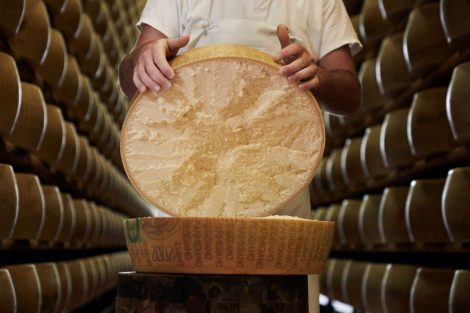After a 15-year absence, the Top Italian Wines Roadshow has returned to India. On 23 May, over 50 Italian wineries gathered at the Gambero Rosso event in Mumbai, held at the Jio World Convention Centre, to test one of the most promising markets for the future. A large number of industry professionals attended the walk-around tastings, with four guided seminars on the programme featuring in-depth regional and thematic explorations led by Guida Vini d’Italia editor Marco Sabellico. “A real and profound interest. I’ve never received so many questions from an audience during masterclasses. They asked about everything: lots of curiosity about wine, but also a great desire to discuss and comment on the wines tasted.”
The wineries represented all major Italian wine appellations, with a specific seminar dedicated to the Consorzio Doc Prosecco. What is surprising is the high level of knowledge among participants. “There’s a class of drinkers who have taken courses, studied at WSET – almost all were professionals given their command of the subject.”
A key issue to keep in mind, the editor stresses, is tariffs. “Australian wines are performing well because an agreement was reached to reduce tariffs. If governments take an active role in negotiating bilateral agreements, the situation for Italian – and European – wines could improve. But proactive steps are needed in this regard. That said, despite the tariffs, there are good growth prospects for wine.”

Not just wine. During the event, the best Italian restaurants in Mumbai, according to the Top Italian Restaurants guide, were awarded: Celini, Cecconi’s and Cin Cin. “There are still few Italian chefs in the city, but Italian venues are incredibly popular: India is truly a frontier to be explored,” Sabellico concludes.
Market prospects
The Indian wine market is undergoing a dynamic transformation. Thanks to rising disposable incomes, urbanisation, cultural shifts, and regulatory reforms promoted by the government, the sector is experiencing continuous growth. With regard to imports, it is becoming an opportunity that should not be underestimated. According to the India Wine Insider report, the country’s wine market is currently estimated at $238 million (€210 million). According to Research and Markets, the alcoholic beverage market is projected to reach $39.7 billion by 2026, with a compound annual growth rate of 7.9%.
This expansion is driven by younger consumers who are increasingly curious and open to experimentation, seeking authenticity, quality, and variety. Influenced by global trends, social media, and international travel, Indians are gradually shifting from brand loyalty to a culture of discovery, opening the door to foreign labels.
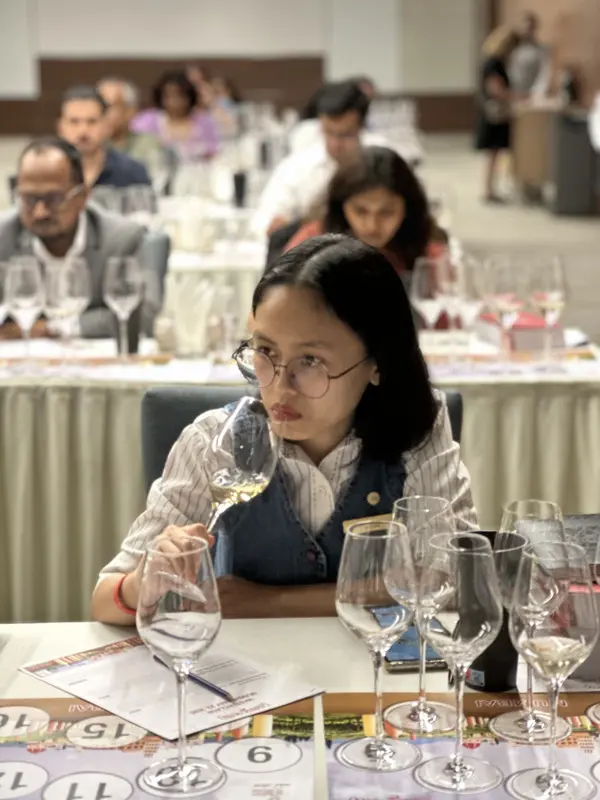
The rise of wine culture
The wine market in particular is set to grow by 17% between 2024 and 2032, according to the Indian Grape Processing Board. Imported wines account for a significant component with a “33% share of total consumption,” wrote Holland in Drinks Business. Although domestic wines still lead in terms of volume, consumption of foreign wines is growing rapidly. Wine consumption overall has increased by 25% over the last decade, according to Indian Grape Processing Board data – a rise driven by interest from urban millennials, young professionals, and women.
“In India, we are seeing growing popularity of wine, especially among women and younger consumers. Although cities like Mumbai, Delhi, Bangalore and Hyderabad lead the demand, smaller cities also have high market potential. With rising incomes and greater exposure to global culture, consumers in these areas are showing increasing openness to new consumption experiences.”
Market trends
Still wine dominates the market, but demand is also growing for sparkling and fortified wines, which are becoming increasingly common in social settings and celebrations, making wine a more accessible luxury for a wider audience. “Consumers are particularly fond of red wines,” says Holland, which account for 65% of total consumption. “This is because red wines are associated with health benefits and pair well with Indian cuisine.” “India produces wines made from Shiraz and Cabernet Sauvignon, and consumers tend to choose imported wines with familiar varieties, as taste and recognition are key factors.”

Italy in second place
While Australia is the leading country of origin for imported wines in India, representing around 46% of still wine imports, Italy holds second place thanks to its reputation for producing high-quality wines. The popularity of Italian cuisine in India also supports the growth of its wines. France follows, though classic labels like Burgundy and Bordeaux are still underrepresented, while more accessible alternatives from Languedoc and the Southern Rhône are more widely available.
Government support
The regulatory framework is also aligning with the sector’s growth. According to Indian Wine & Spirits Industry Overview 2025 by Prowien, “The Indian government has initiated reforms to simplify licensing procedures, promote wine tourism, and liberalise retail regulations at the state level.” Furthermore, India is signing bilateral agreements to reduce import duties and promote cooperation by negotiating with the United Kingdom, the European Union, Switzerland and other wine-producing countries.

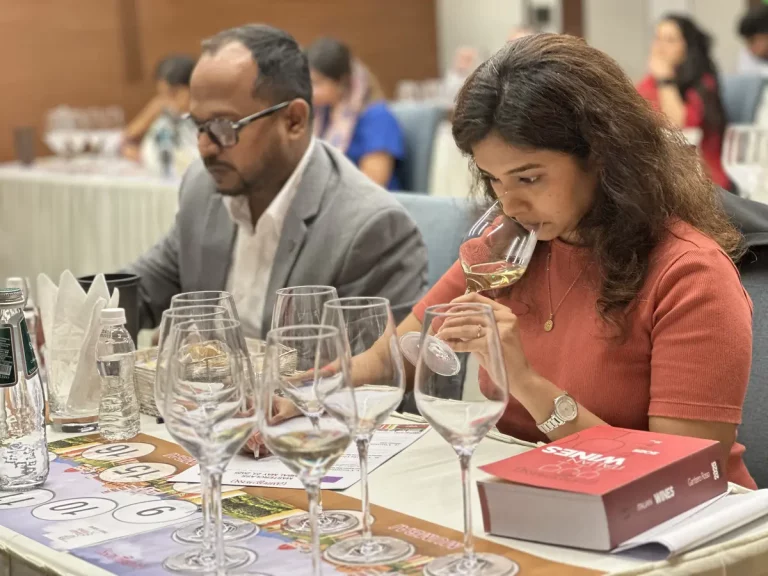
 Io Saturnalia! How to celebrate the festive season like an Ancient Roman
Io Saturnalia! How to celebrate the festive season like an Ancient Roman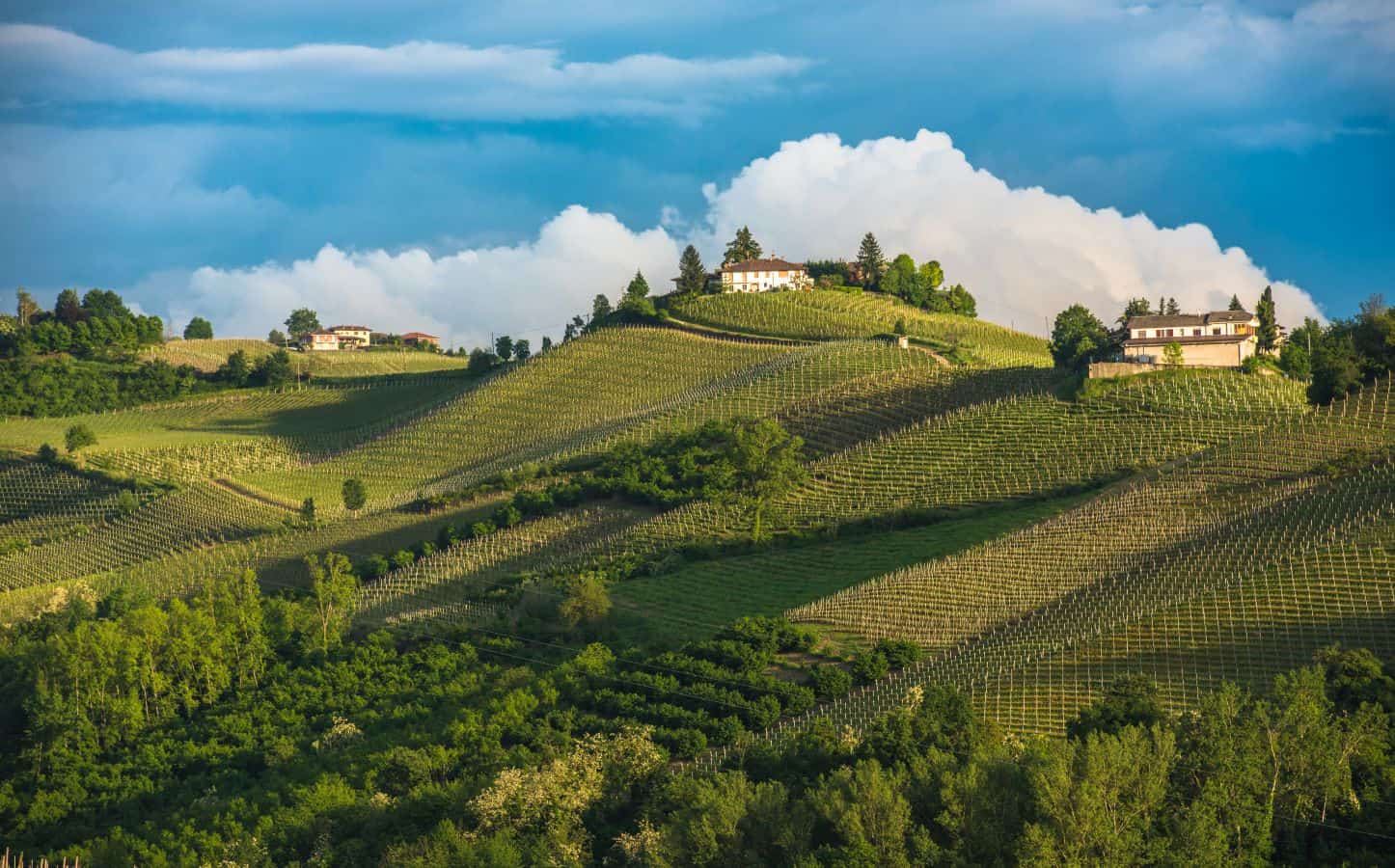 The UNESCO effect: tourism is growing, but there is a risk of losing identity
The UNESCO effect: tourism is growing, but there is a risk of losing identity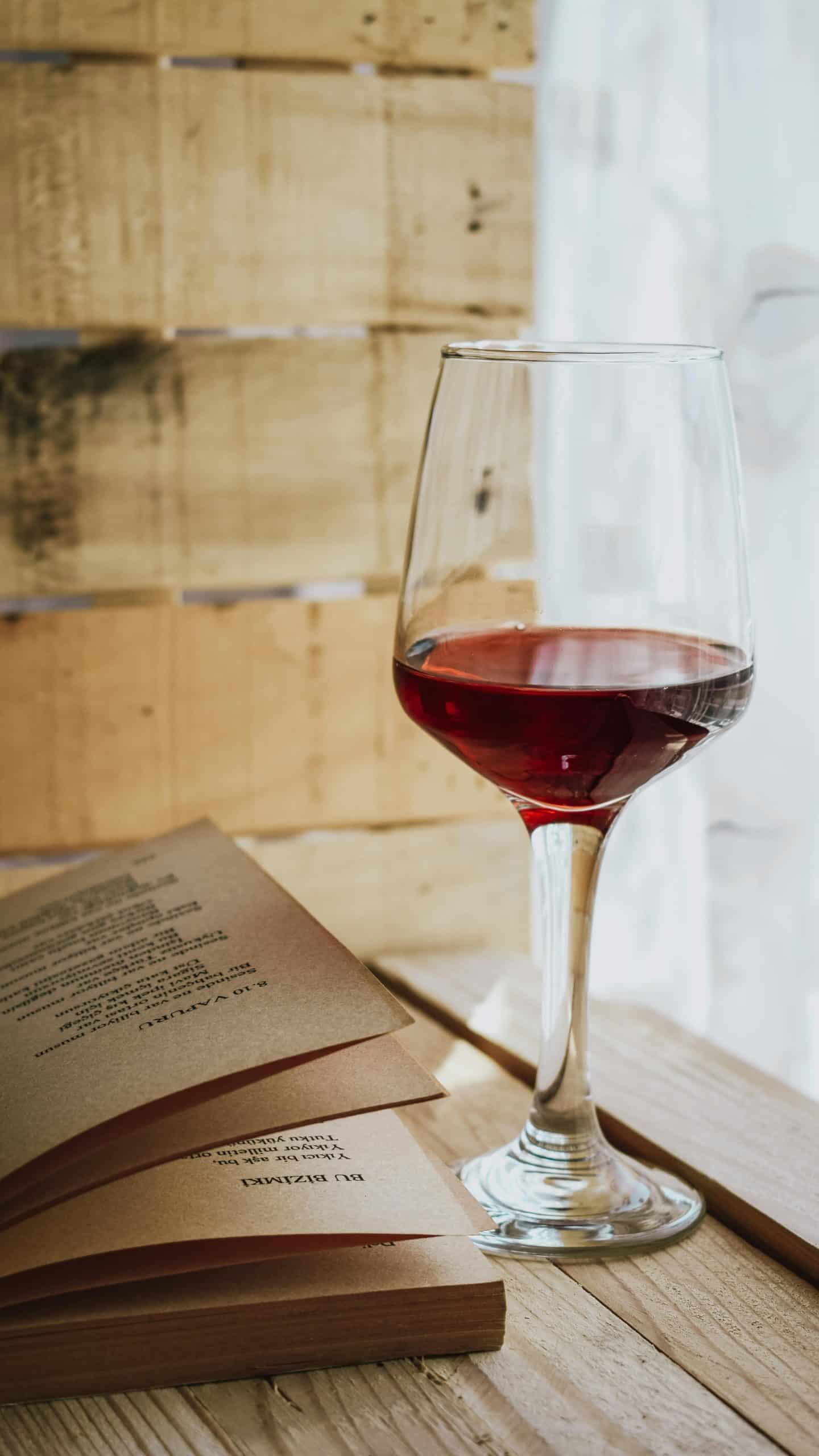 The perfect pairing? Wine and books
The perfect pairing? Wine and books 2025 was the year of Trump's tariffs – will 2026 be better for Italian wine in the US?
2025 was the year of Trump's tariffs – will 2026 be better for Italian wine in the US?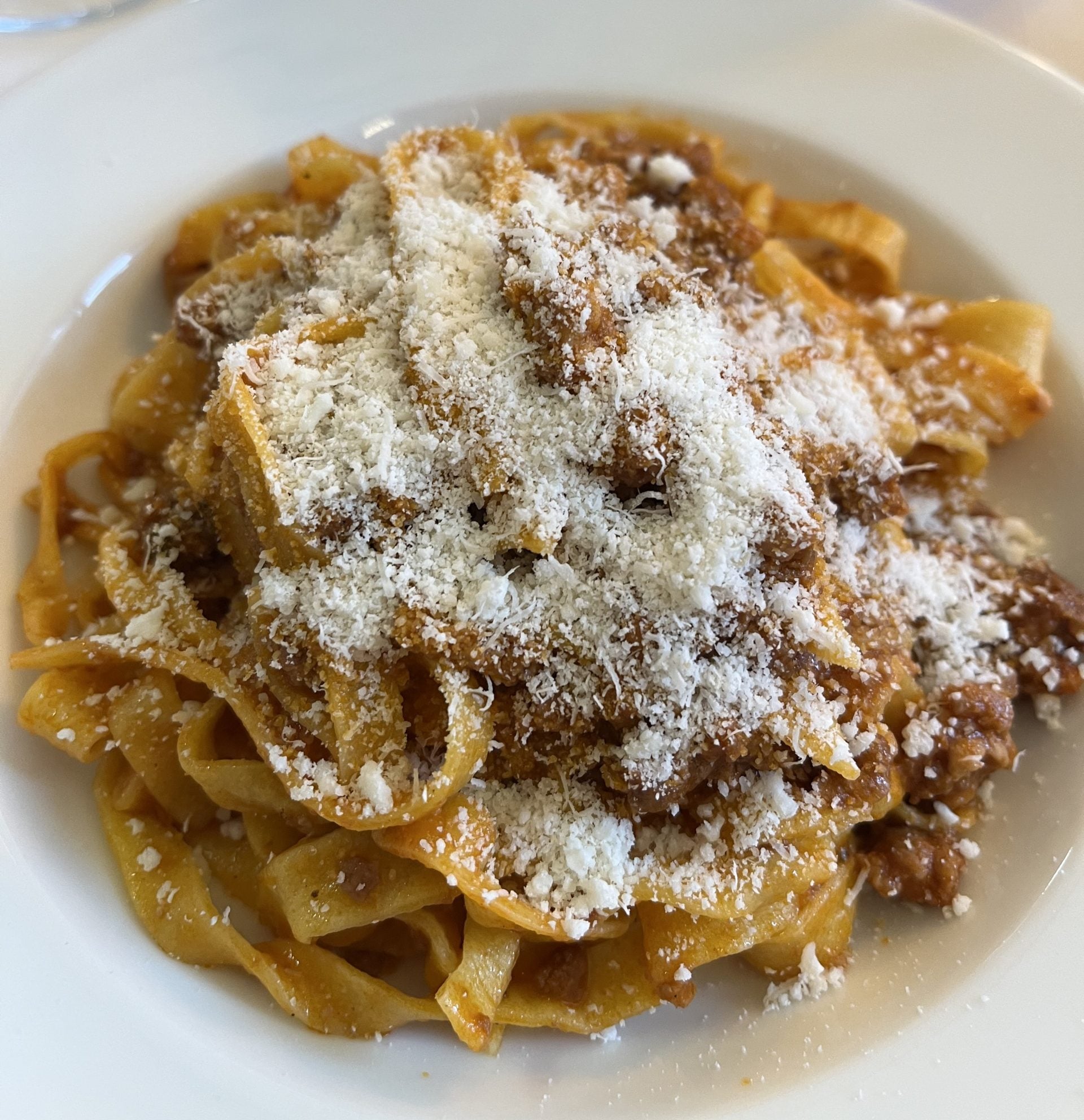 Italian cuisine recognised by UNESCO
Italian cuisine recognised by UNESCO

